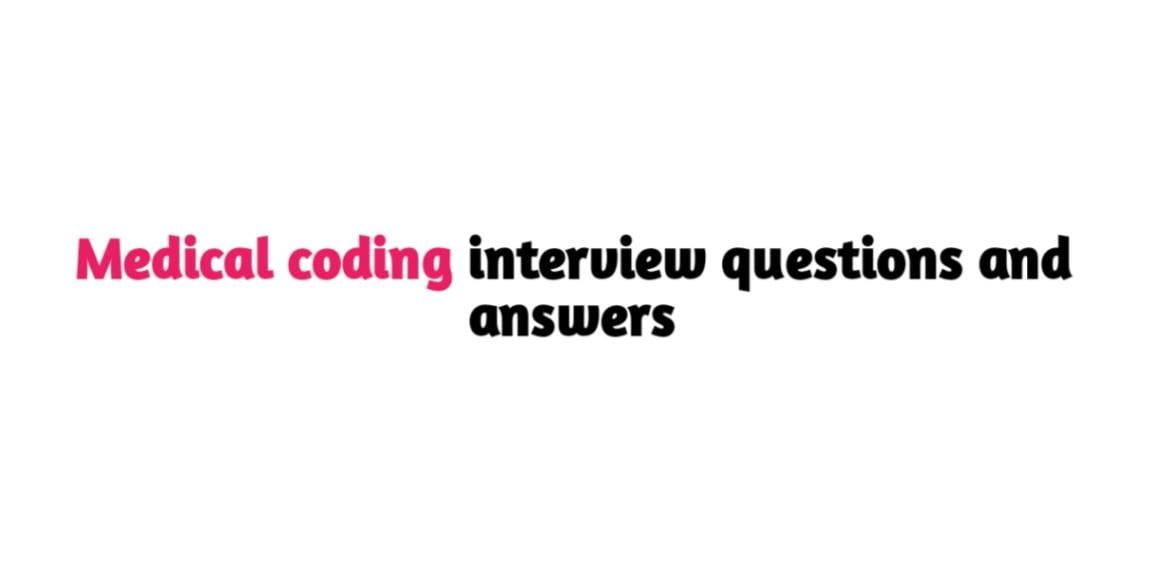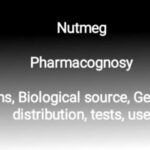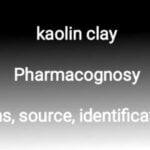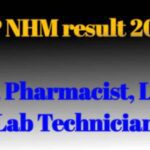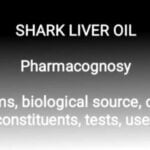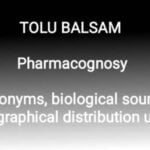medical coding interview questions – medical coding interview questions for freshers. Welcome to our website here you will get medical coding interview questions for freshers, job seekers, and to upgrade knowledge in medical coding.
medical coding interview questions

medical coding interview questions for freshers
ONE WORD MEDICAL QUESTIONS WITH ANSWERS:-
1. Total number of bones in human body-206
2. Longest bone-femur
3. Smallest bone-stapes
4. Largest bone of foot-calcaneum
5. Floating bone of neck-hyoid bone
6. Bone known as shin bone-tibia
7. Beauty bone-clavicle
8. Thickest cranial nerve-trigeminal
9. Longest cranial nerve-vagus
10. Largest muscle-gluteus maximus
11. Longest muscle-sartorius
12. Smallest muscle arrector pili
13. Boat shaped bone of foot-navicular
14. Largest vein-inferior vena cava
15. Largest artery-aorta
16. Outer covering of bone-periosteum
17. Heaviest organ –liver
18. Largest organ-skin
19. Largest cavity-abdominal
20. Medial bone of leg-tibia
21. Lateral bone of leg –fibula
22. Total no of ribs-12 pairs
23. Sesamoid bone in our body-patella
24. Only movable bone of cranium-mandible
25. Only movable joint of cranium-temporo mandibular joint
26. Floating ribs-11 and 12
27. Anti-locking muscle-popliteus
28. Bone making elbow-ulna
29. Bone making wrist-radius
30. Musician nerve-ulnar
31. Labourer’s nerve-median
32. Strongest muscle-masseter
33. Smallest cranial nerve-olfactory
34. Thinnest cranial nerve-trochlear
35. Muscle known as peripheral heart-soleus
36. Organ known as wind pipe-trachea
37. Organ known as voice box-larynx
38. Largest salivary gland-parotid
39. Largest lymphatic organ –spleen
40. Largest gland-liver
41. The chamber that forms apex of heart -ventricles
42. Length of small intestine-6meters
43. Pacemaker of heart-SA nodes
44. First cervical vertebra-atlas
45. Name and shape of ear ossicle-malleus hammer, incus anvil, stapes horse shoe
46. Special muscle present in urinary bladder-detrusor
47. Functional unit of kidney-nephrons
48. Functional unit of respiratory system-alveoli
49. Functional unit of nervous system-neurons
50. Dimension of uterus-7.5*5*2.5
51. Structure that connects two lobes of thyroid gland-isthmus
52. Hardest material in the body-tooth enamel
53. The white of eye-sclera
54. Part of inner ear that resembles snail shell-cochlea
55. Covering of brain-meninges 56. Largest part of brain-cerebrum
57. No of cranial nerves-12 pairs
58. No of spinal nerves-31 pairs
59. Normal blood volume-5-6L
60. Normal BP-120/80
61. Normal respiration-16 to 20
62. Normal heart rate 60-100
63. Red pigment that give colour to blood-hemoglobin
64. Life span of adult RBC-120 days
65. Life span of fetal RBC-80 days
66. Basic unit of nervous system-neurons
67. Approximate weight of brain-1200-1400g
68. Length of spinal chord-45cm
69. Scale used to measure the state of coma-GCS scale
70. Spinal chord ends in –L1
71. movement of eyes-nystagmus
72. Pill rolling movement is seen in-alzheimers
73. X ray examination of spinal canal-myelography
74. Name of the site where trachea bifurcate- T5 carina
75. Occupational exposure to cotton dust-byssynossis
76. Monday fever is also called-byssinosis
77. Occupational exposure to sugarcane dust-bagassosis
78. Iodine deficiency endocrine disease-goitre
79. Difficulty in urination-dysuria
80. Difficulty in swallowing-dysphagia
81. Pernicious anemia is due to-decreased vitamin B12
82. Antilocking muscle-popliteal
83. Length of small intestine-6m
84. Recurrent seizure is called-epilepsy
85. Hemiplegia means-paralysis of half side of body
86. Hemiparesis means-weakness of half side of body
87. Duration of cardiac cycle-0.8 sec
88. Weight of heart-300g
89. Abnormal heart rhythm is called- arrhythmia
90. Peritonsillar abscess is called-quinsy
91. Complete absence of smell sensitivity-anosmia
92. Which is the reactive airway disease-asthma
93. Bluish discolouration of body-cyanosis
94. Ablepsia-blindness
95. Acapnea-absence of co2 in blood
96. Achlorhydria-absence of HCL in the stomach
97. Cadaver-dead body
98. Byssinosis-cotton dust in lung
99. Bagassosis-sugarcane dust in the lung
100. Bruxism-grinding of teeth during night
101. Enuresis-bed wetting
102. Bright’s disease- acute glomerulonephritis
103. Azotaemia-high blood urea
104. Acropachy-clubbing of fingers and toes
105. Adenalgia-pain in gland
106. Amastia-congenital absence of breast
107. Gynecomastia-growyh of breast in males
108. Anhidrosis-failure to sweat
109. Hyperhidrosis-profuse sweating
110. Anisocoria-unequal pupil
medical coding interview questions and answers
111. Anotia-absence of ear
112. Aphrasia-inability to speak
113. Aphonia-loss of voice
114. Caligo-dimness of vision
115. Hematuria-blood in urine
116. Oliguria-scanty urine
117. Polyuria-excess urination
118. Nocturia-excessive urination at night
119. Epistaxis-bleeding nose
120. Epiphora-abnormal overflow of tears
121. Dysstasia-difficulty in standing
122. Cardiorrhexis-rupture of heart
123. Chorea-irregular purposeless movement
124. Christmas disease-hemophilia B
125. Dysuria-difficulty in urination
126. Thrombophlebitis-inflammation of vein
127. Talipes-club foot
128. Somnambulism-walking in sleep
129. Somniloquism-talking in sleep
130. Sanative-curative
131. Rhinalgia-pain in nose
132. Quincker’s puncture-lumbar puncture
133. Myalgia-pain in muscle
134. Myotonia-loss of muscle tone
135. Nanism-dwarfism
136. Myxedema-hypothyrodism in adult
137. Narcissism-sexual attraction towards self
138. Nyctalgia-pain occurring at night
139. Nyctalopia-night blindness
140. Nystagmus-involuntary movement of eyeball
141. Ochlophobia-fear of crowds
142. Oculomycosis-fungal infection of eye
143. Onychomycosis-fungal infection of nails
144. Odynia-pain
145. Omalgia-pain in shoulder
146. Omphaloma-tumour at umbilicus
147. Opisthotonous-spasm where body bend like a bow
148. Paramenia-difficult menstruation
149. Phakitis-inflammation of eye lens
150. Aphakia-absence of eye lens
151. Pott’s fracture-fracture of fibula
152. Colle’s fracture-fracture of radius
153. Mutism-inability to speak
154. Melalgia-pain in limbs
155. Eupnea-normal breathing
156. Apnea-no breathing
157. Dyspnea-difficult breathing
158. Euthanasia-mercy killing
159. Evisceration –extrusiopn of internal organs
160. Exophthalmos-protrusion of eyeball
161. Glabella-area between eyebrows
162. Gut-intestine
163. Halitosis-bad breath
164. Macrotia-large ears
165. Keratoplasty-repair of cornea
166. Hordeolum-eye stye
167. Ulalgia-pain in gums
168. Uranism-homosexuality
169. Vesica-bladder
170. Angina-chest pain
171. Vincent’s angina-necrotizing ulcerative gingivitis
172. Zoopsia-hallucination of seeing animals
173. False perception-hallucination
174. Imaginary perception-illusion
175. False unshakable belief-delusion
176. Fear of hights-acrophobia
177. Fear of open spaces-agrophobia
178. Fear of closed spaces-claustrophobia
179. Fear of pain-algophobia
180. Fear of strangers –xenophobia
181. Fear of disease-nosophobia
182. Fear of darkness-nyctophobia
183. Atelophobis-fear of imperfection
184. Act of killing onself-suicide
185. Amnesia-memory loss
186. Dejavu-false feeling of familiarity with unfamiliar sitiations
187. Obscession -repeated recurrence of forced ideas
188. Compulsion-repeated recurrence of forced acts
189. Absence of feeling-apathy
190. Pedophilia-sexual attraction towards children
191. Necrophilia-sexual attraction to dead bodies
192. Milieu therapy is also called-therapeutic community
193. Craving for unnatural food-pica
194. Othello syndrome-delusion of infidelity
195. Sadism-Happiness by giving pain to others
196. Masochism-happiness by giving pain to self
197. Insomnia-lack of sleep
198. Koilonychias-spoon shaped nail
199. Entropion-bending of eyelid inward
200. Extropion-bending of eyelid outward
201. Head of the femur articulates with-acetabulum
202. Iodine deficiency disease-goitre
203. Continuous asthma- status asthamatic us
204. Genes are made of -DNA
205. Surgical removal of stomach-gastrectomy
206. Bitot’s spot is caused-vitamin A
207. Stiffening of body after death-rigor mortis
208. Name vitamin B1-thiamine,B2-riboflavin,B3-niacin,B5-pantothenic acid,B6-pyridoxine,B7-biotin,B9-folic acid,B12-cyanocobalamine
209. Largest organ-skin
210. Smallest organ-pineal gland
211. Largest cell-ovum
212. Smallest cell-sperm
213. Largest and thickest nerve-sciatic nerve
214. Hardest working muscle-heart
215. Strongest muscle-masseter
216. Largest gland-liver
217. Largest cell-ovum
218. Smallest cell-sperm
219. Non regenerating cell-nerve cell
220. Longest cell-nerve cell
221. Icreased intraocular pressure-glaucoma
222. Where does trachea bifurcate-carina T5
223. Total number of ribs-12 pairs or 24 number
224. Collection of pus in pleural space-empyema
225. Largest bone of foot-calcaneum
226. Floating bone of neck-hyoud bone
227. Shin bone-ibia
228. Beuty bone-clavicle
229. Boat shaped bone-navicular bone
230. Musicians nerve- ulnar nerve
231. Labourers nerve-median nerve
232. Classical manifestation of SLE-butterfly rashes
233. Koch disease is also called-tuberculosis
234. Abundant mineral element in the body-calcium
235. Pill rolling movement is seen in-parkinsons disease
236. Excessive salivation-ptyalism
237. Club foot-talipes
238. Sleep walking-somnambulism
239. Inability to get sleep-insomnia
240. Increased sweating-diaphoresis
241. Dimness of vision-caligo
242. Bad breath-halitosis
243. Knock knee-genuvalgum
244. Bowleg-genuvarum
245. Misinterpretation of stimulus-illusion
246. Abnormal fear of crowds-ochlophobia
247. Fungal disease of eye-occulomycosis
248. Grinding of teeth during night-bruxism
249. Nephroblastoma-wilm’s tumour
250. Weakness of one side of body-hemiparesis
For mmedical coding related job vancies join
Conclusion
This aarticle may help you to clear your aptitude test as well as Interveiw for more you can read below article. Do like share and subscribe.
medical coding interview questions-medical coding interview questions for freshers
Frequently Asked Questions
what questions are asked in medical coding interview?
Answer: HR will ask you their company related questions, some basic questions about you and HAP(Human Anatomy And Physiology) related questions are asked.
How do I prepare for a medical coder interview?
Answer: fresher should have knowledge about human anatomy and physiology, pharmacology basics with drugs, medical terminology and its suffix, prefix. Basic should be clear for ICD, CPT, HCPCS, RCM etc.
what is the full form of HCPCS?
Answer: Full form is Healthcare Common Procedure Coding System.
What is ICD in simple terms?
Answer: International Classification of Diseases. ICD used for Diseases which are classified.
